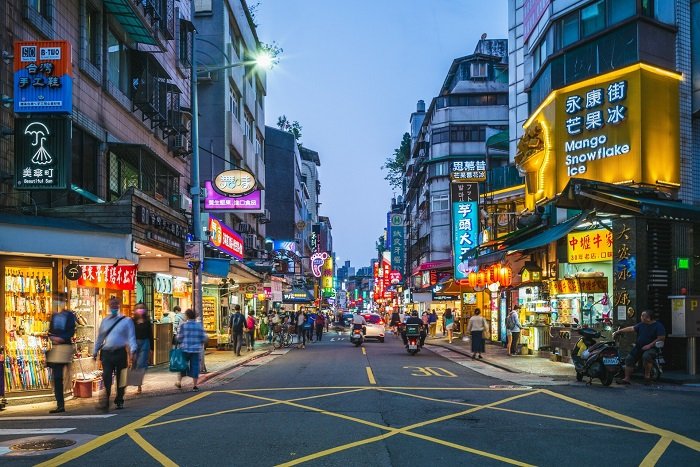In the bustling metropolis of Taipei, a unique and futuristic twist to traditional transportation has taken center stage – the self-driving gharry.
Combining heritage with innovation, this blog post explores the emergence of self-driving gharrys on Taipei’s streets, their cultural significance, and the technological advancements propelling this traditional mode of transport into the future.
Gharries: A Nod to Tradition:
Historical Significance: The gharry, a horse-drawn carriage with roots in colonial history, holds cultural significance in Taipei. Once a common sight on the streets, these carriages were phased out with the advent of modern transportation.
Reviving Tradition: The concept of the self-driving gharry is a novel attempt to revive this cultural icon while integrating cutting-edge technology for a contemporary twist.
The Technological Leap:
Autonomous Driving Technology: Self-driving gharrys leverage state-of-the-art autonomous driving technology, including sensors, cameras, and AI algorithms, to navigate through Taipei’s bustling streets safely.
Electric Power: Embracing sustainability, these modern gharries often feature electric power sources, aligning with Taipei’s commitment to eco-friendly urban mobility.
The Gharry Experience:
Heritage meets Innovation: Passengers stepping into a self-driving gharry find themselves transported not just in physical space but also through time, experiencing the charm of traditional transport seamlessly integrated with futuristic technology.
Cultural Immersion: The self-driving gharry experience goes beyond transportation, offering passengers a cultural immersion as they travel through Taipei’s historic neighborhoods and landmarks.
Safety and Regulation:
Regulatory Framework: As with any innovation, the introduction of self-driving gharrys comes with a need for clear regulatory frameworks. Taipei’s authorities have been working to ensure the safety and compliance of these vehicles on the city’s roads.
Public Awareness: Educational campaigns and public awareness initiatives aim to familiarize residents and visitors with the presence of self-driving gharries, fostering acceptance and understanding.
Tourism and Local Economy:
Beyond the Glitz: Navigating the World of Celebrity News and Gossip
Tourist Attraction: The self-driving gharrys have become a unique tourist attraction, drawing visitors eager to experience a blend of tradition and technology in the heart of Taipei.
Boost to Local Businesses: The resurgence of gharries has created opportunities for local businesses, from those involved in the manufacturing of these modern carriages to drivers providing guided tours.
Challenges and Future Prospects:
Navigating Urban Dynamics: Self-driving gharrys face challenges in navigating complex urban dynamics, including traffic, pedestrian interactions, and unexpected obstacles. Continuous technological refinement is essential.
Community Integration: Ongoing community engagement and collaboration with local residents are crucial for the seamless integration of self-driving gharries into Taipei’s urban fabric.
Conclusion:
The self-driving gharrys of Taipei represent a harmonious blend of tradition and innovation, offering a glimpse into the city’s rich cultural history while embracing the possibilities of the future.
As these unique vehicles weave through the streets of Taipei, they not only provide a distinctive mode of transportation but also symbolize the city’s commitment to preserving its heritage in the face of technological progress.

